
Honda Cars Philippines Inc. (HCPI) launched the second generation BR-V in the latter part of 2022. Its arrival meant that the model now dons an updated look, as well as a few fresh interior appointments.
But do these updates make the all-new Honda BR-V better than its predecessor? Let’s find out.
At a glance, the new Honda BR-V looks larger than the old model. That’s because the second-generation BR-V is now 4,490 millimeters (mm) long, 1,780mm wide, and 1,685mm tall. Its wheelbase is 2,700mm and its ground clearance is 207mm.
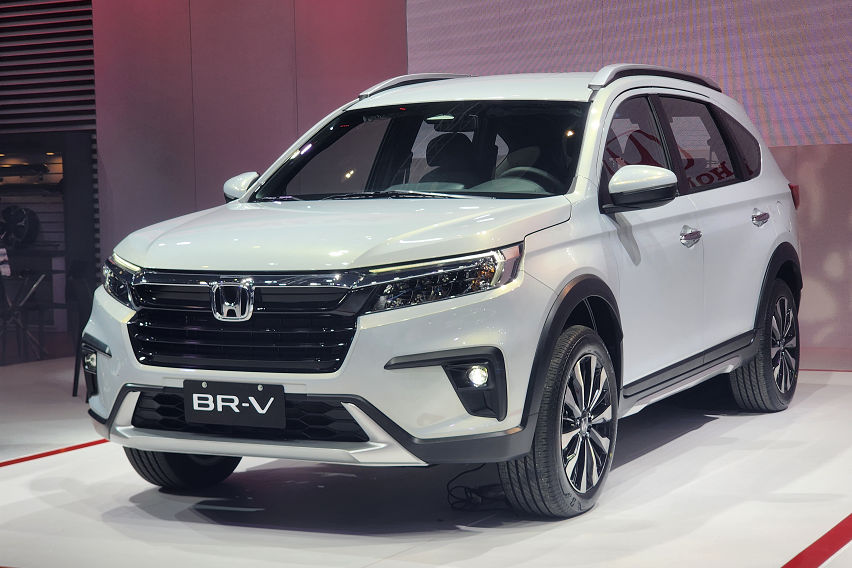
The old model, on the other hand, has an overall length of 4,456mm, an overall width of 1,735mm, and an overall height of 1,677mm. Its wheelbase is 2,662mm and its ground clearance is 201mm.

The larger body of the second-generation Honda BR-V serves as a canvas for its new full LED headlights and LED daytime running lamps (DRL), which flanks the SUV’s black grille. The front LED fog lights also get a new housing and a new bumper skid garnish.
On its side are eiither 16 or 17-inch wheels, body-colored side mirrors, and new side sill garnishes.
At the rear, the second-generation Honda BR-V gets a pair of new taillamps and had its reflectors moved to the rear bumper. The rear diffuser also echoes the look of what can be found at the fore.
Despite having a smaller body, the old Honda BR-V sports a slightly larger pair of headlamps connected by a chrome fascia atop its likewise, chrome grille. It runs on 16-inch wheels. Its rear boasts wrap-around taillamps that mimic the horizontal design cues found at the front.
One can say that the new Honda BR-V looks more mature than its predecessor — much like the 11th-generation Honda Civic.
The second-generation Honda BR-V offers an updated interior. The new appointments come in the form of a redesigned dashboard, a new seven-inch infotainment system, and a more seamlessly-designed control panel for the air conditioner. Overall, the interior looks sleeker and is more streamlined. Also noticeable are the pronounced piano black appliques and chrome accents inside the cabin.
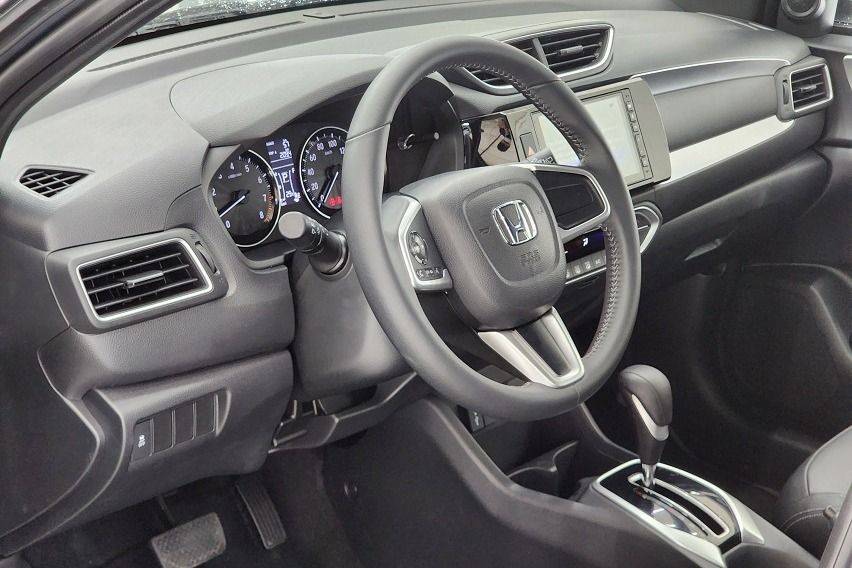
Meanwhile, the old Honda BR-V gives off dated car vibes. There are plenty of circular design elements, which were dropped on the new BR-V. Rounded design features can be found on the SUV’s analog gauges, the bottle holders on the center console, as well as on the speakers mounted on the vehicle’s doors.
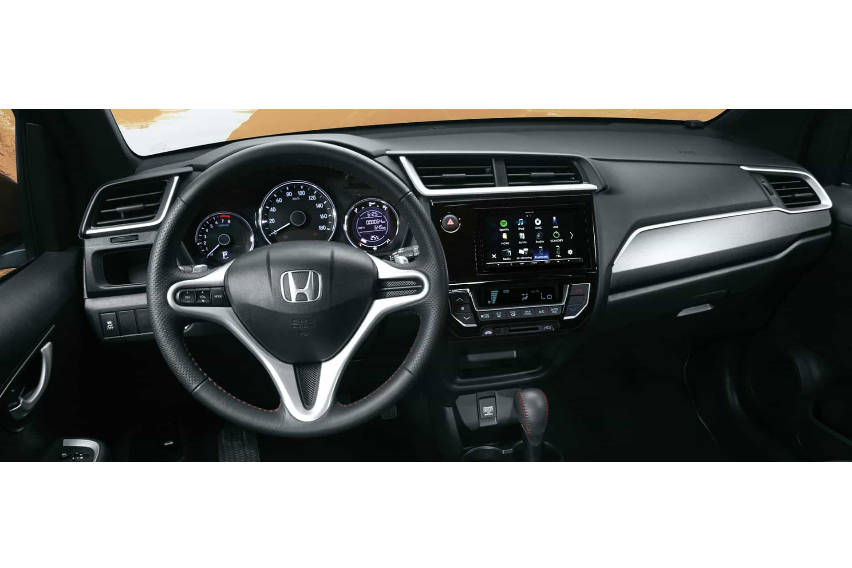
The interior of the new BR-V does exude a more modern appeal thanks to the use of straight lines and aggressive angles that somehow give the SUV design continuity.
The new Honda BR-V is fitted with a 1.5-liter gasoline engine mated to either a six-speed manual transmission or a continuously variable transmission (CVT). This setup gives the second-generation BR-V 119 horses with 145Nm of pulling power.
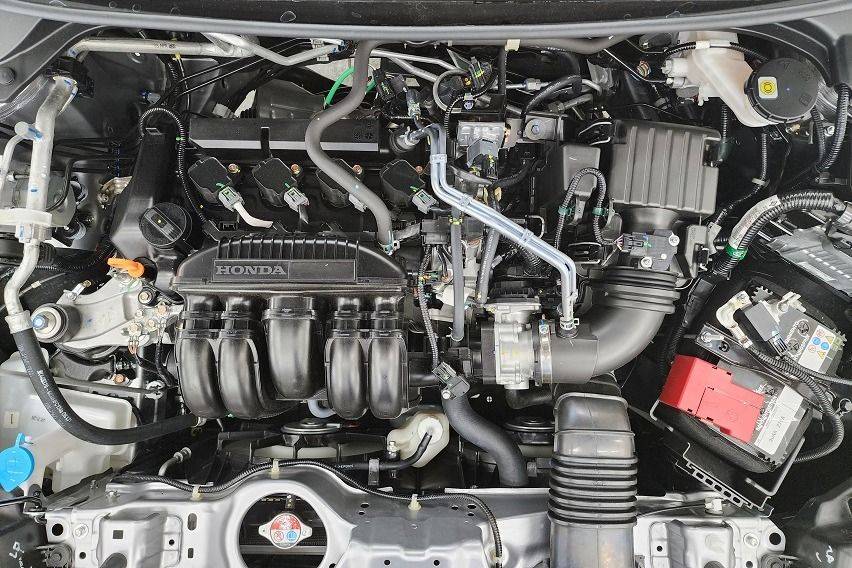
As for the old Honda BR-V, it packs a similar 1.5-liter powerplant paired with a CVT. This translates to 118 horsepower and 145Nm of torque.
Verdict
Truly, Honda was able to improve on the BR-V subcompact SUV by updating its exterior and interior. Further, the Japanese carmaker even managed to raise the maximum power output of the nameplate by a hair.
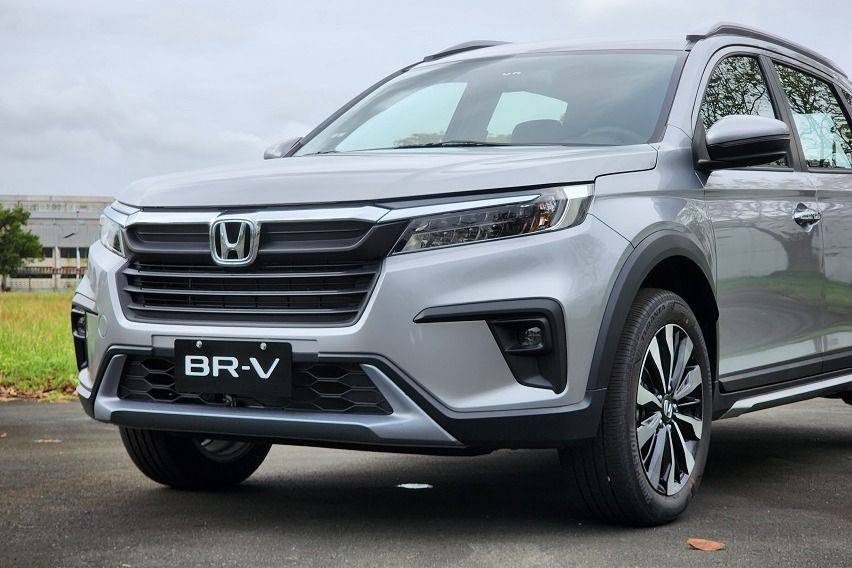
On that note, the new Honda BR-V does deserve a spot on a Filipino car buyer’s list.
Photos from Ruben Manahan IV, Honda
Also read:
Honda Cars PH unwraps 6th-gen Civic Type R
Sony, Honda establish new company to roll out next-gen EVs by 2025
Copyright © Carmudi 2014-2025. All Rights Reserved.